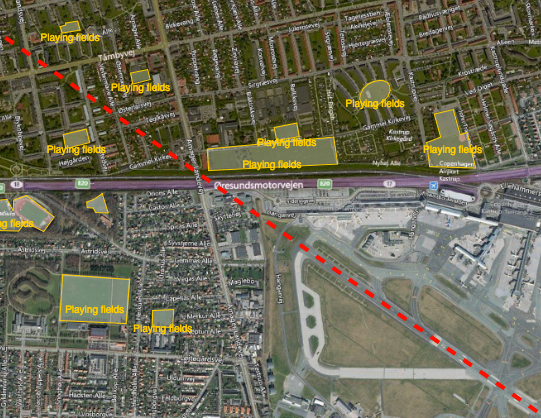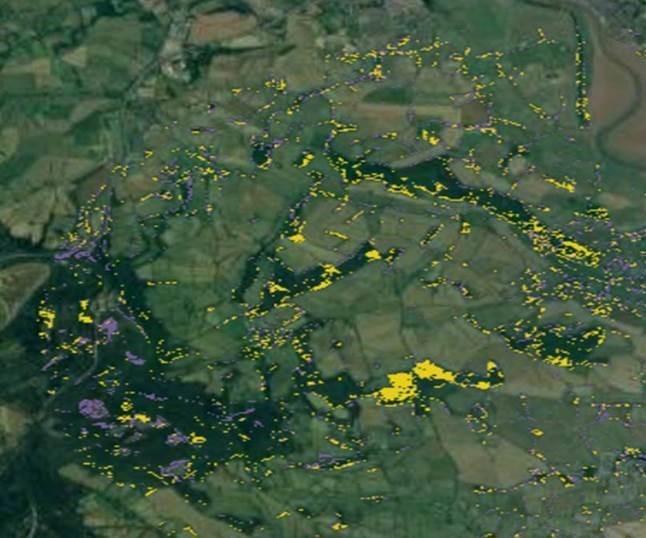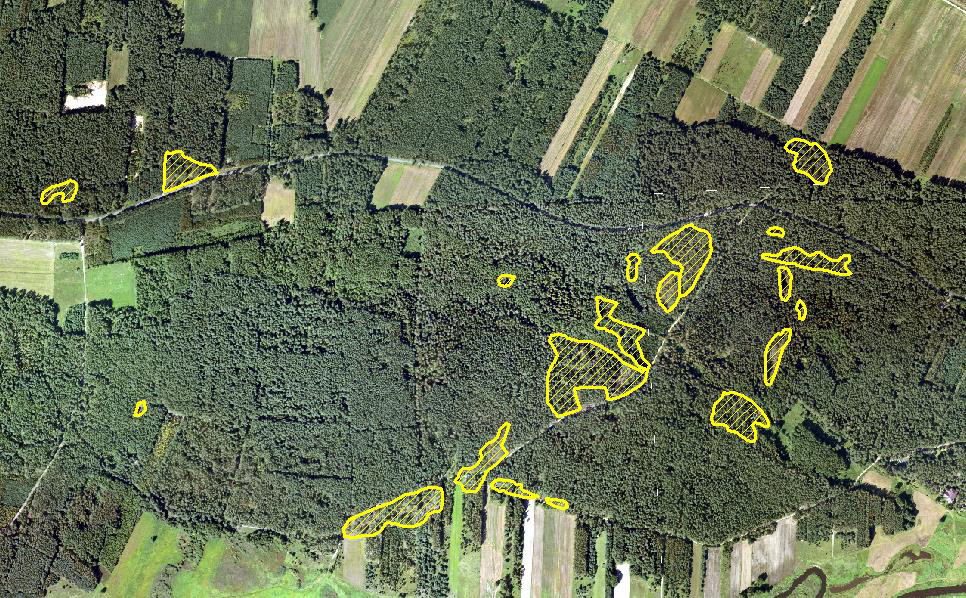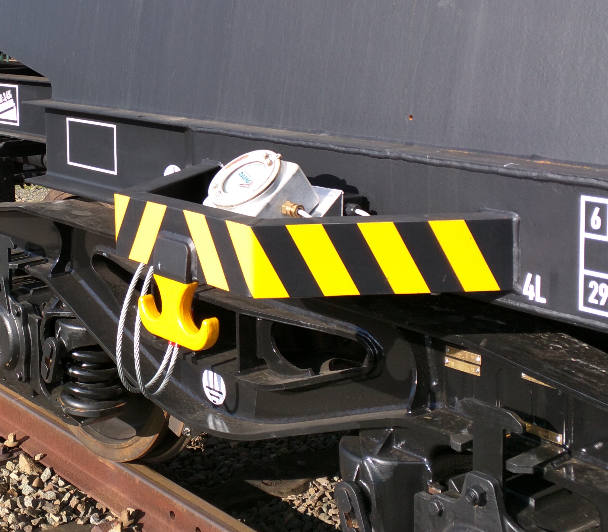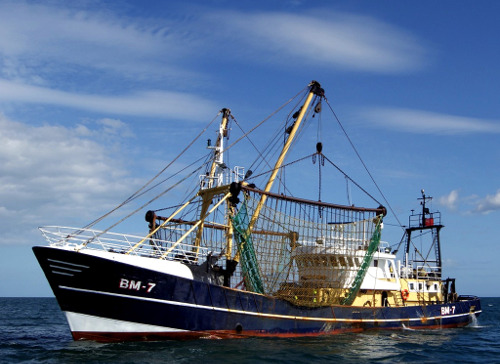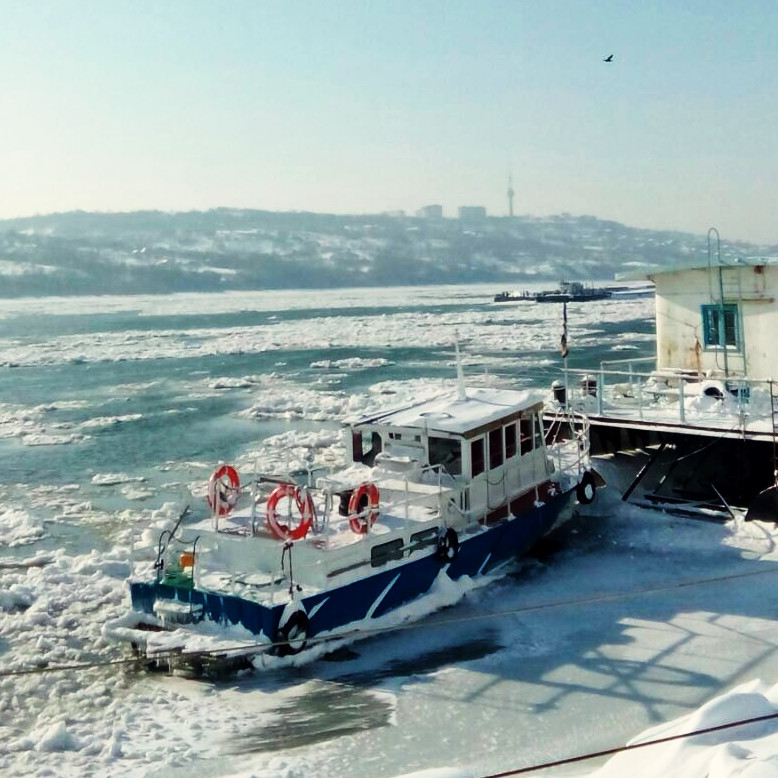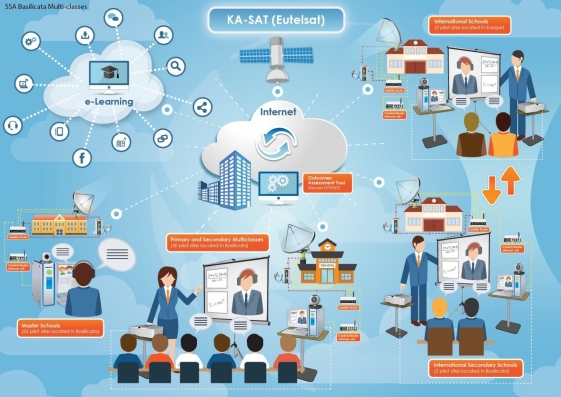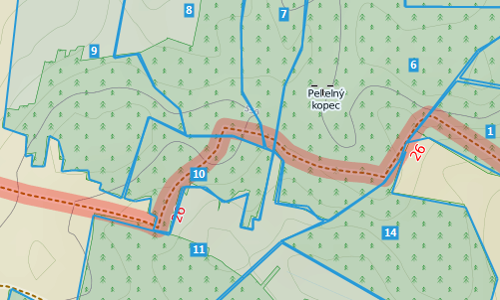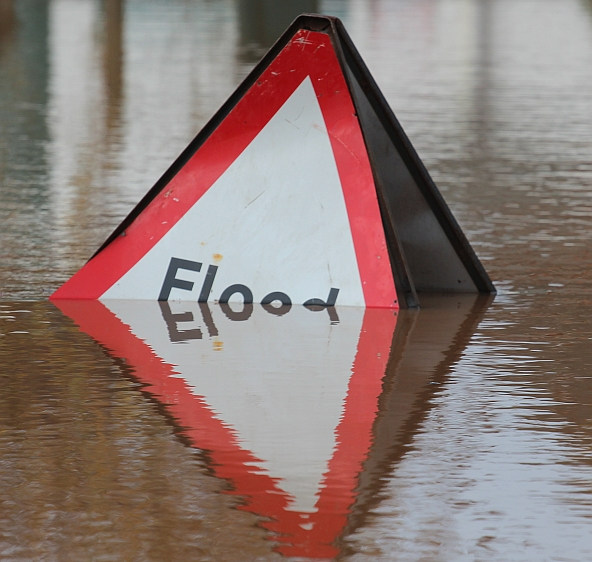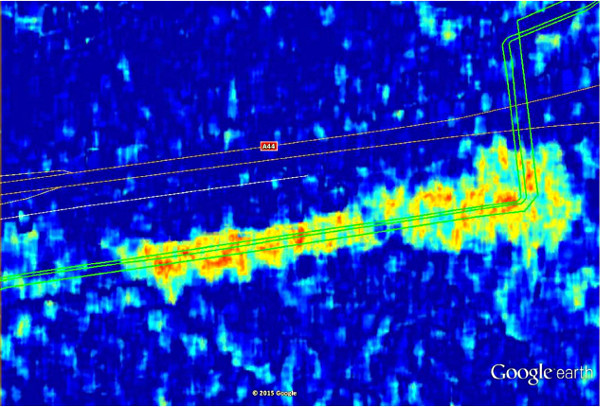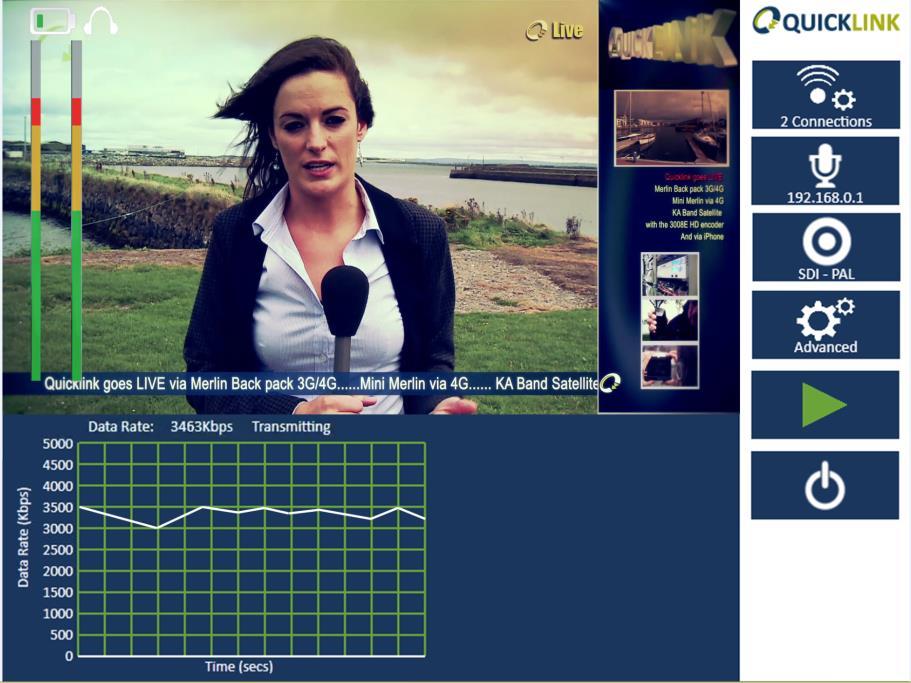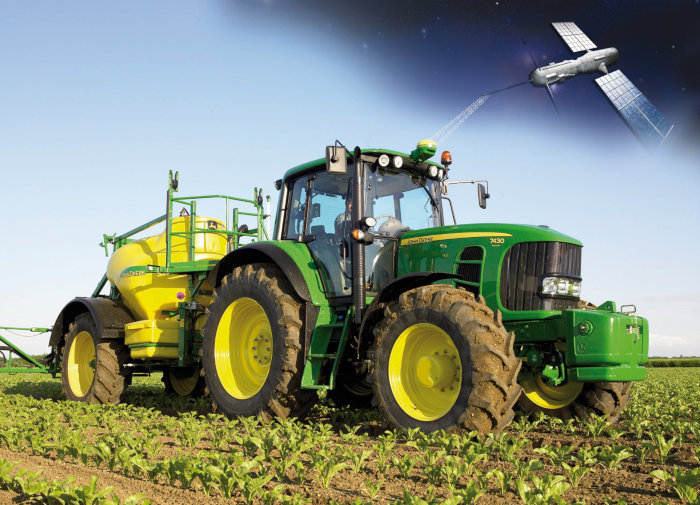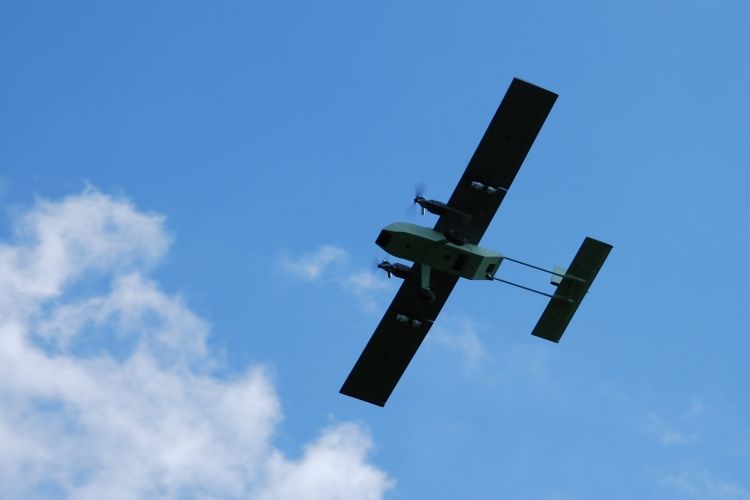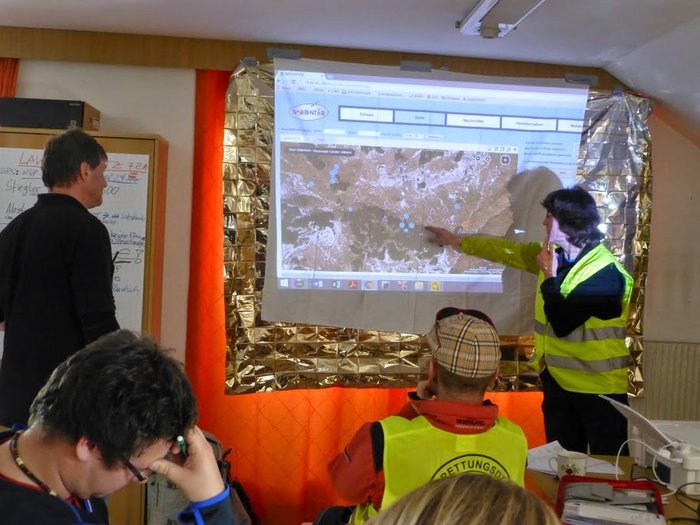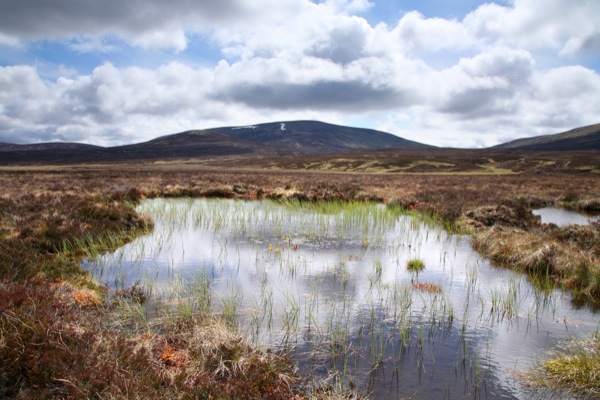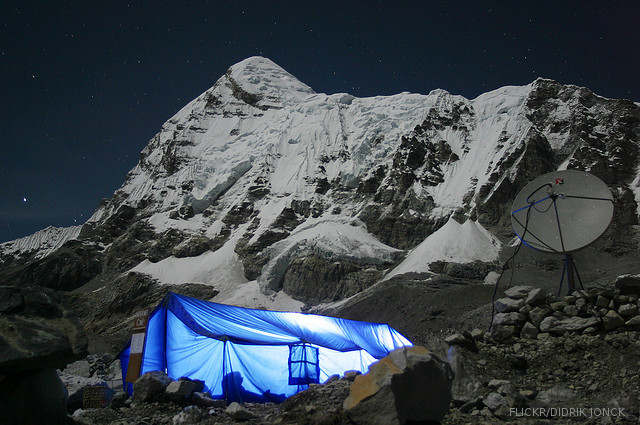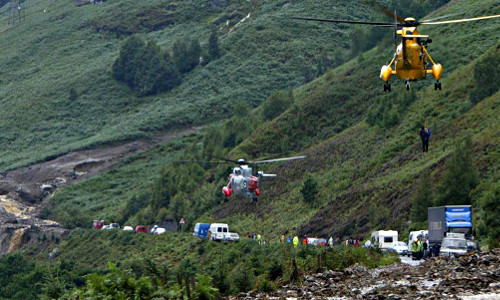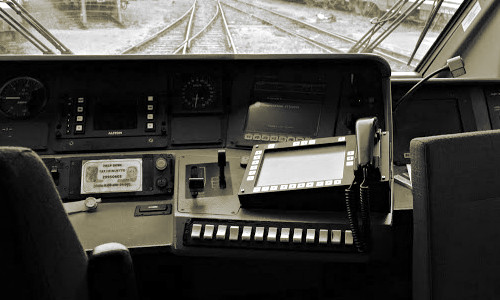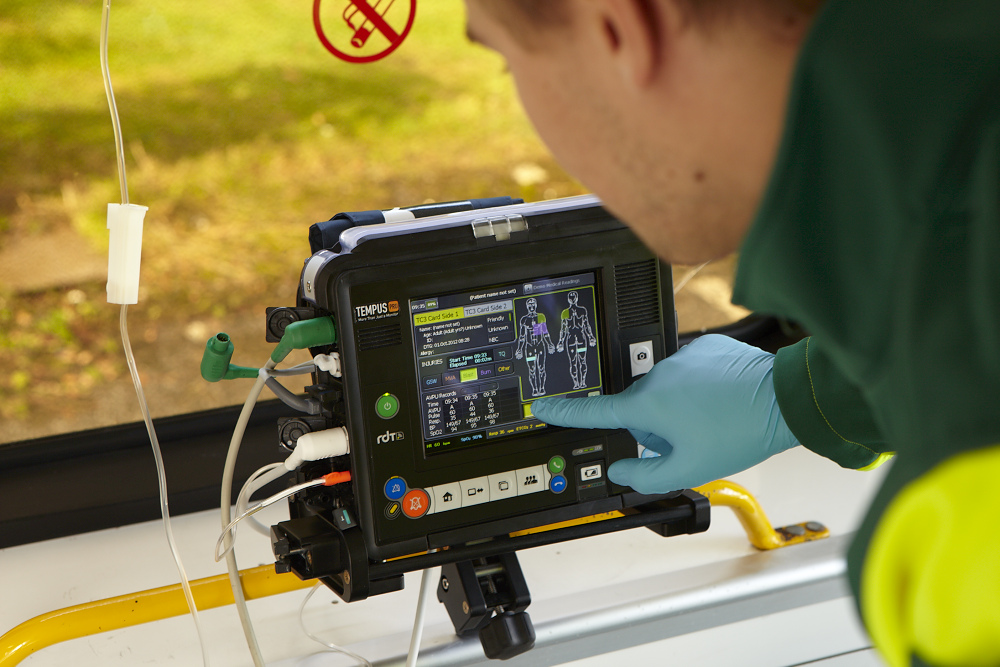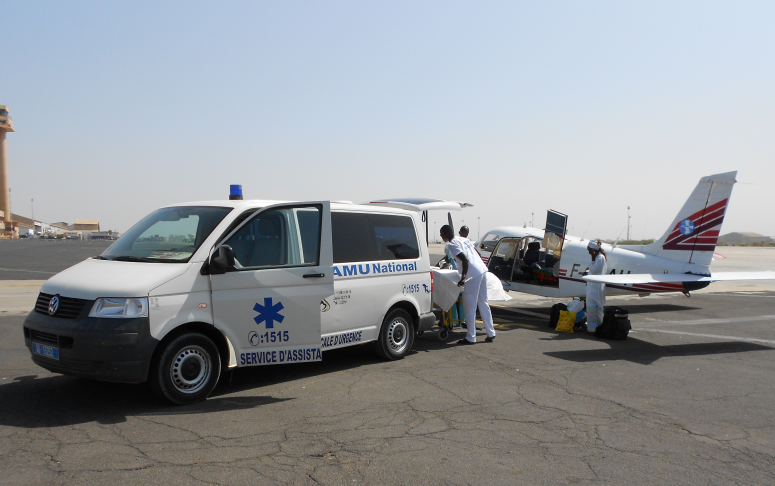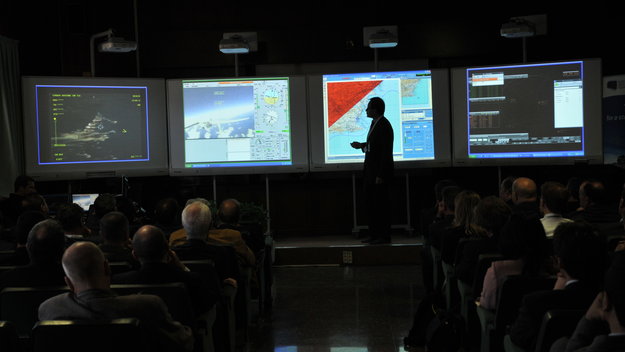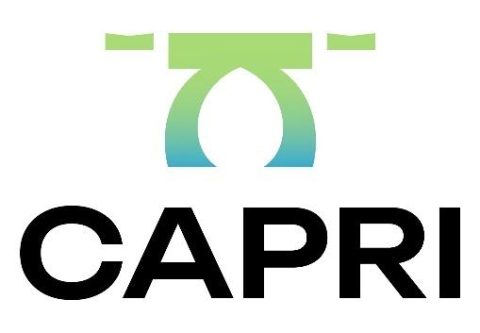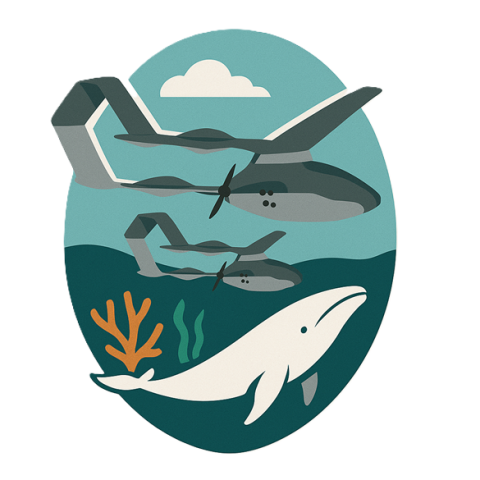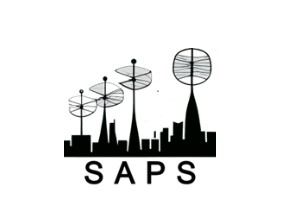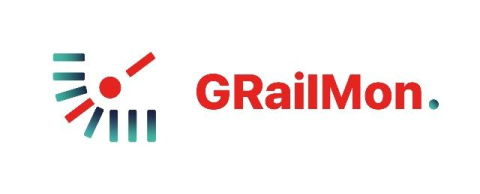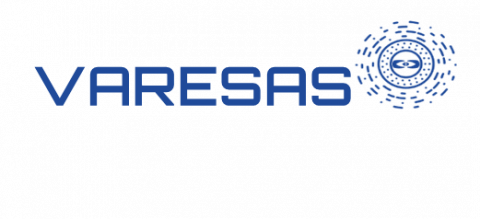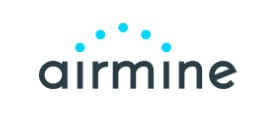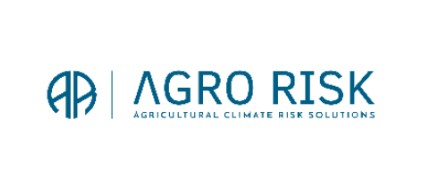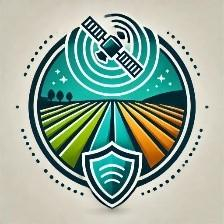Reducing the risk of bird strikes using satellite images and Ascend’s Normalised Difference Water index software (NDWI)
BROWSE PROJECTS
Based on user needs and industry skills, the evolution of customized solutions and the establishment of innovative services is accomplished through project activities. Focusing on various thematic areas, relevant information on the project activities is provided below.
CAPRI
Status date: 08 August 2025
Safer, faster, and cost-effective bridge inspections using AI-driven drone formations with cooperative localization, even in GNSS-denied areas.
BAT
Status date: 08 August 2025
Unlock Nature’s Signals with Fauna’s Biodiversity Assessment Tool (BAT)
Forests are under pressure! From pests, disease, and climate stress. Fauna Smart Technologies is developing BAT: a groundbreaking digital tool that listens to nature through ecoacoustics,satellite imagery and machine learning to help forest managers detect early signs of ecosystem stress and protect biodiversity.
Friilink Mobile
Status date: 27 June 2024
Friilink mobile offers a comprehensive technological solution for buses and trains that allows operating companies to offer entertainment services to passengers with high-speed internet always available on board, generate new revenue through digital advertising tools optimized with AI, save in expenses through its telematics integration solution, route optimization and vehicle status monitoring, and increase on-board safety.
Expanding Ocean Monitoring with High-speed UAVs
Status date: 06 August 2025
High-speed UAVs with satellite links deliver real-time whale presence confirmation, optimising marine area closures and balancing ecosystem protection with economic activity.
OSHI
Status date: 06 August 2025
SeaSat’s Ocean Sentinel Health Index (OSHI) provides real-time, high-resolution satellite monitoring and predictive insights for coastal ocean health. Our service helps aquaculture operators mitigate risks from harmful algal blooms, temperature fluctuations, and water quality changes, ensuring sustainable and profitable marine farming operations.
S4D and dMRV
Status date: 04 July 2025
Seqana delivers a cost-effective Monitoring, Reporting, and Verification (MRV) solution for agrifood companies, carbon project developers, and farming platforms. Using satellite data and machine learning, we map soil carbon levels and reduce the need for physical sampling, which cuts costs without compromising accuracy. Our approach enhances scalability, compliance, and transparency, enabling smarter, data-driven carbon farming.
Data4Water
Status date: 04 August 2025
Data4Water is a next-generation solution transforming how India’s Godavari River Basin is managed. Building on a successful feasibility study, this demonstrator delivers high-resolution forecasts, data, and insights on rivers and streams to support smarter, more sustainable decisions in agriculture, hydropower, irrigation, and fisheries. By combining satellite technology, in-situ monitoring, and AI, Data4Water unlocks the full potential of continental freshwater systems for resilience and impact.
SAPS
Status date: 04 August 2025
The aim of the project is to create a system for tracking criminals using GNSS signal jamming devices to steal cars and kidnap civilians. The project involves exploring the possibility of creating a system for tracing the disturbed signal based on low-budget GNSS receivers. The system would make it possible to determine the time and direction of the offender's escape from the crime scene.
The Digital Worksite
Status date: 01 August 2025
The Digital Worksite project develops a satellite-enabled solution to improve safety and efficiency for railway maintenance teams by tracking people, vehicles and equipment in real-time during worksites.
GRailMon
Status date: 01 August 2025
The GRailMon project aims to fine-tune and demonstrate an innovative GNSS-based solution for monitoring the 3D position of sections of railway tracks with millimeter precision.
RoadCast
Status date: 01 August 2025
RoadCast provides high-resolution, route-based weather nowcasting to support safer and smarter mobility. Our solution delivers real-time forecasts and hazard alerts for rain, wind, hailstorms and road conditions, enabling proactive risk management and reduced losses for autonomous vehicles resulting safer and expanded operations.
Evento
Status date: 01 August 2025
Experience the future of ticketing with Evento – the secure digital marketplace using geofencing to stop fraud and duplicated tickets. No scams, no copies. Just safe purchases, easy ticket management, and real-time event info right at the venue.
SCORE
Status date: 24 July 2025
SCORE is your satellite-powered ally to identify, rate, and manage high-quality carbon projects—smarter, faster, and globally. Unlock nature’s carbon potential and turns satellite insights into climate-smart carbon strategies.
VARESAS
Status date: 21 July 2025
VARESAS is an advanced solution designed to support rescue teams in crisis situations by providing real-time situational awareness. By integrating data from multiple sources and leveraging technologies such as augmented reality (AR), artificial intelligence (AI), and machine learning (ML), it enables teams to coordinate, manage, and execute operations with greater efficiency, precision, and speed.
Sustainable Pharma
Status date: 16 July 2025
Pharmaceutical companies are under growing pressure to adopt more sustainable, patient-centric approaches, particularly in response to environmental factors like air quality and climate, which increasingly impact public health.
To explore how the pharma industry can respond to these challenges, Airmine has conducted extensive interviews with key players across the sector and have investigated possible solutions based on their experience in modelling and delivering innovative products to the users.
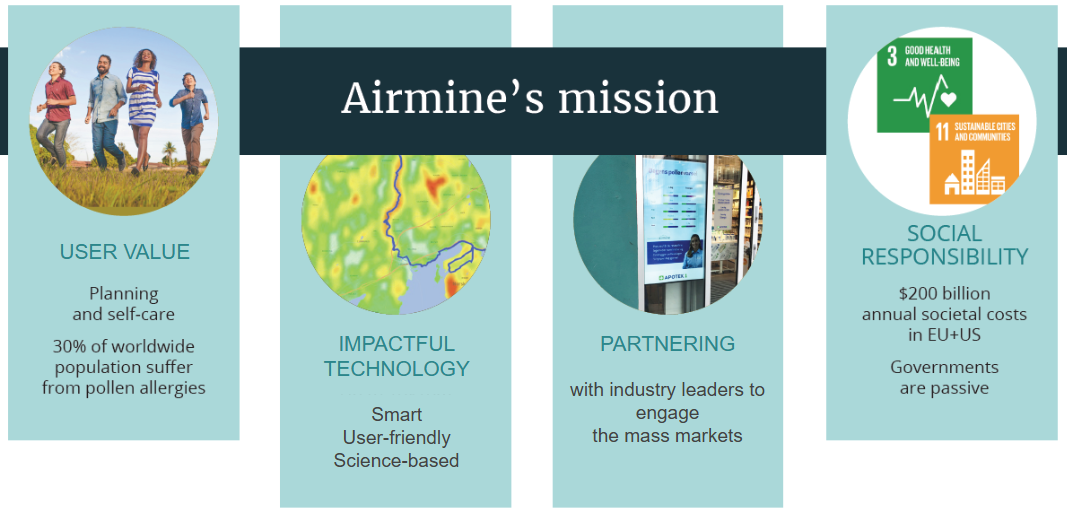
AgroRisk
Status date: 16 July 2025
AgroRisk is an analytics platform to help financial companies, corporates, and farmers manage climate and environmental risks in agriculture.
ForestBioIndex-NE
Status date: 10 July 2025
Project successfully validated and tested a comprehensive Forest Biodiversity Index for Nordic and Baltic markets using Earth Observation data. The solution provides forest stakeholders with biodiversity analytics, regulatory compliance support, and management recommendations across multiple countries.
GEOFENCE
Status date: 09 July 2025
GEOFENCE aims at conducting a KICKSTART study for the use of Galileo to deliver superior robustness of geopositioning in the context of a geofencing safety strategy for agricultural robots (agbots).
Project acronym or abbreviation
Status date: 08 July 2025
Vertify.Earth tracks the interaction between production or conservation activities and nature. Using satellite data and ground insights, it provides detailed assessments of biodiversity, land use, and ecosystem impacts to support nature-positive strategies and align with global ESG frameworks. Applications range from agroecological practices to evaluating industrial impacts on ecosystems and indigenous communities.
RaumZeit
Status date: 07 July 2025
RaumZeit develops advanced risk assessment for supply chain compliance with the EU Deforestation Regulation (EUDR). With the product offering TradeAware, LiveEO offers an End-to-End software solution for traders and operators of complex supply chains, where users can independently upload geolocations, request precision analytics of deforestation risk, and move straight to automated Due Diligence generation, all within the same system.
GeoFusion
Status date: 01 July 2025
A geospatial intelligence platform leveraging satellite data to optimize CAP compliance, agricultural monitoring, and natural capital management. The project delivers scalable, data-driven solutions for farmers, policymakers, and businesses, enhancing efficiency, sustainability, and regulatory adherence while driving innovation in biodiversity and nature finance markets.


